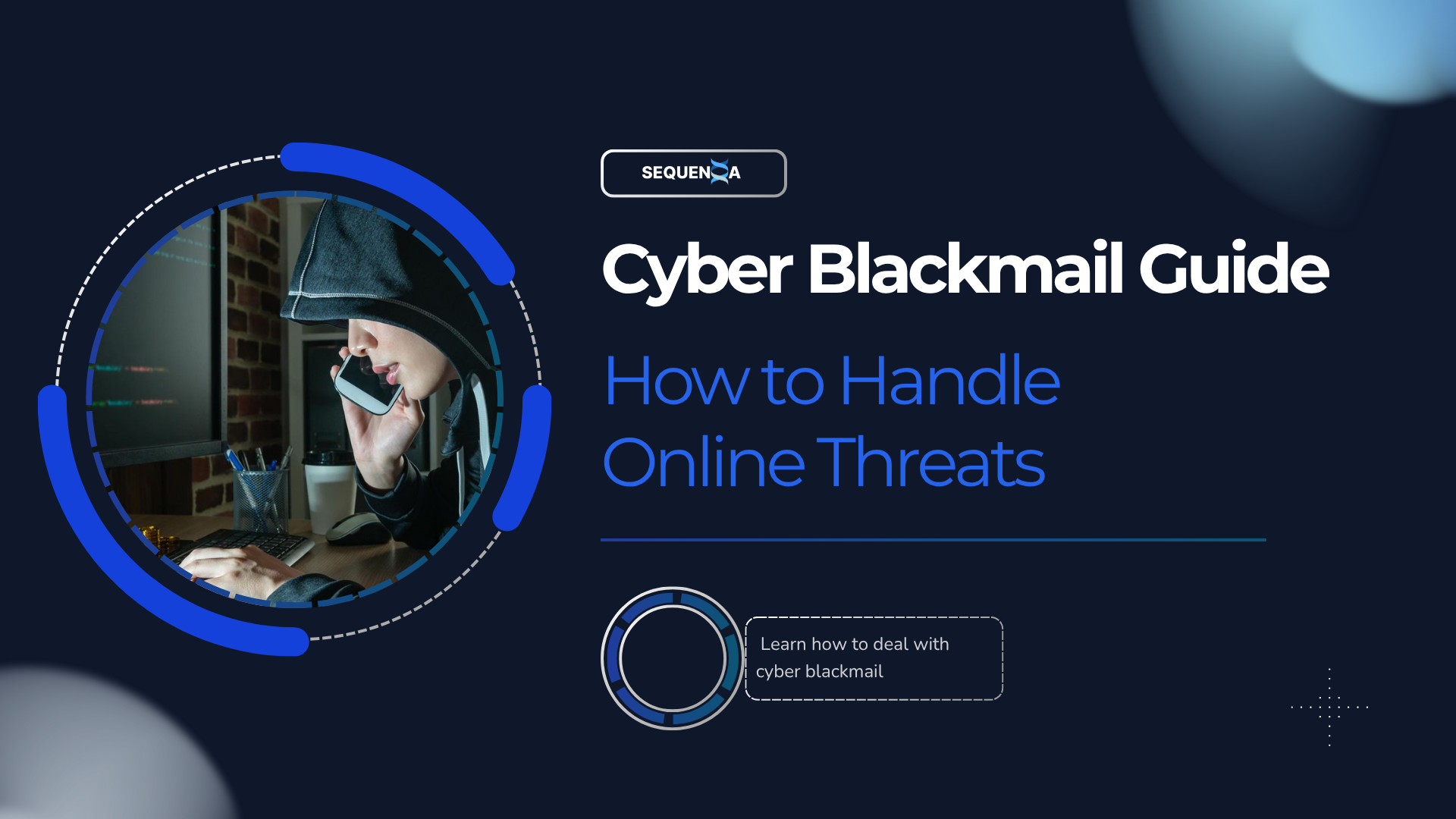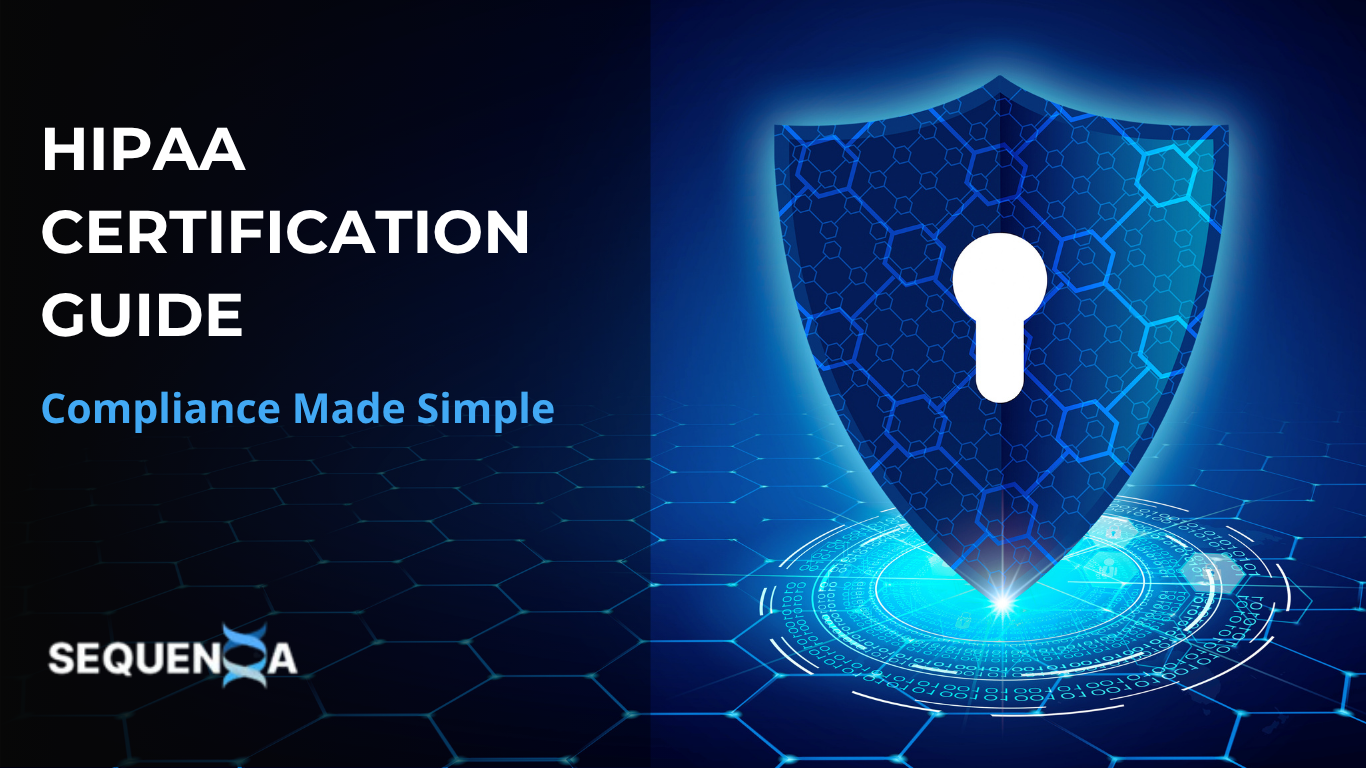Dark Web: Detecting Leaked Email & Database Alerts

With data breaches skyrocketing over 15 billion records exposed in 2024 alone, many organizations struggle to detect when critical credentials, like an email address, surface on underground forums. Without timely insights, businesses face heightened risks of fraud, account takeovers, and reputational damage.
Spotting an email found on dark web before it’s weaponized can save you from identity theft, fraud, and account takeover. A dark web email address monitoring service alerts you when your personal data circulates in criminal forums.
Example: A fintech startup detected a dark web alert compromised email address within hours of a breach and prevented unauthorized wire transfers.
“Early detection of compromised email address dark web entries is the first line of defense against account takeovers”
Understanding the Dark Web Threat Landscape
The dark web operates beneath surface-web search engines, where cyber-criminals trade stolen data. If you’re alerted that your dark web email address is up for sale, that’s a red flag signaling potential exposure.
Key Factors:
Cybercrime-as-a-service platforms
Automated scraping tools
Encrypted communication channels
Example: A retail chain discovered customer email and password found on dark web forums, prompting a forced password reset for thousands of accounts.
Leverage Sequenxa’s Advanced Verification Infrastructures to uncover hidden threats across underground forums and illicit marketplaces.
What Is a Dark Web Search Service?
A dark web search service continuously crawls marketplaces, paste sites, and private forums to spot exposed records. When it detects an email address found on dark web, you receive an automated alert.
Core Components:
Data Harvesting Bots
Pattern-Matching Engines
Notification Workflows
Did you know? Organizations using continuous dark web scanning reduced credential abuse by 40% year-over-year. (Darktrace Threat Research, 2024)
“The speed of alert delivery directly impacts containment success”
How Dark Web Monitoring Works
Data Collection. Crawlers harvest URLs, credentials, and forum posts where stolen dumps appear.Data Matching. Your watched list names, domains, or specific dark web email address is cross-referenced against new leaks.
Alert Generation. If an email and password found on dark web matches your records, you receive a dark web alert compromised email address.
Example: A SaaS company disrupted a credential-stuffing campaign by acting on an email and password found on dark web notification.
Did you know? Real-time monitoring shortens breach detection from an average of 21 days to under 72 hours. (Ponemon Institute, 2024)
Is your current monitoring solution missing critical threats? Enhance your security posture with Crater's continuous scanning and real-time alerts for exposed records.
Identifying an Email Address on the Dark Web
Spotting an email found on dark web involves pattern-matching against massive breach databases. When a compromised email address dark web surfaces in hacker chats, specialized algorithms flag the leak.
Techniques:
Fuzzy matching for misspellings
Cross-referencing with public breach archives
Validity scoring to reduce false positives
Example: An e-commerce platform avoided fraud losses after identifying multiple email password exposed on dark web entries tied to VIP customer accounts.
“Accurate identification saves analysts hours of manual triage”
Receiving a Dark Web Alert Compromised Email Address
A clear notification is your cue to act. Upon a dark web alert compromised email address, you’ll see details like leak date, source, and breach context.
Notification Elements:
Timestamp of discovery
Leak size and origin
Matched credentials details
Did you know? Alerts that include breach context and timestamps improve response efficiency by 47%. (Forrester Research, 2024)
What type of information in an alert would help you respond faster, technical details, breach context, or user-level risk scoring?
Steps to Take When Your Email and Password Found on Dark Web
Action Plan:
Immediate Password Reset. Change credentials on all affected accounts.
Enable Multi-Factor Authentication. Thwarts attackers even with valid passwords.
Review for Email Compromised on Dark Web. Scan inbox for unauthorized access signs.
Verify Recovery Options. Ensure backup email and phone number aren’t also compromised.
Continue Monitoring. Stay alert for fresh dark web email address notifications.
Preventive Measures:
Use a password manager for unique credentials
Audit third-party app permissions regularly
Separate personal and work email accounts
Maintain continuous scanning for compromised email address dark web occurrences
Example: A media company’s prompt action after an email compromised on dark web warning avoided a PR disaster from leaked executive credentials.
Which of the post-breach steps do you find hardest to implement in practice, and what would make it easier?
How Information Ends Up on the Dark Web
Data breaches, malware-driven exfiltration, and phishing scams all contribute to leaks. But how does your information get on the dark web? Attackers breach networks or phish credentials, then bundle and sell the data.
Leak Sources:
Corporate database breaches
Email harvesting scripts
Credential stuffing successes
Did you know? Phishing attacks accounted for 36% of initial access leading to data leaks on the dark web in 2024. (Proofpoint State of Phishing Report, 2024)
Has your organization mapped out the most likely paths through which your credentials could end up on the dark web?
Removing Your Data and Recovering from Exposure
If you’ve wondered how to get my information off the dark web, you’re not alone. While you can’t retract every copy, you can:
Recovery Steps:
Engage a takedown service to request removals
Issue legal takedown requests under DMCA or GDPR
Rotate credentials, API tokens, and SSH keys
Maintain continuous monitoring for repeat email and password found on dark web incidents
Example: A European enterprise leveraged GDPR takedowns to remove 90% of its exposed user records from public leak sites.
“Legal enforcement complements technical countermeasures for comprehensive risk reduction”
Frequently Asked Questions
What is a dark web email address alert?
A notification when your email address appears in leaked databases or hacker forums, signaling a dark web alert compromised email address incident.
How do I know if my email was found on the dark web?
Dark web monitoring tools scan for email and password found on dark web leaks and send you real-time notifications about any email address found on dark web.
Can I remove my email compromised on dark web?
You can request takedowns, issue legal requests under GDPR/DMCA, and rotate credentials, though not all copies can be deleted, making complete how to get my information off the dark web challenging.
How does your information get on the dark web?
Through data breaches, phishing scams, malware exfiltration and credential stuffing successes, answering the question, how does your information get on the dark web?
How does your info get on the dark web?
Similar to full breaches, info often arrives via phishing campaigns, data scraping or malware—attackers collect email dark web credentials then trade them in underground markets.
What steps help get my information off the dark web?
Engage takedown services, enforce legal requests, and maintain ongoing monitoring to catch new leaks and learn how to get my information off the dark web.
Take Control of Your Digital Security
Data breaches and credential leaks continue to rise, and waiting until your information surfaces on underground forums is no longer an option. Sequenxa Crater™ offers discreet, continuous monitoring of dark web channels, breach repositories, and illicit marketplaces, alerting you to compromised credentials before they can be exploited.
Is your organization equipped to detect and respond to dark web threats promptly? Discover how Sequenxa Crater can fortify your defenses against emerging cyber threats.
References
Darktrace Threat Research. (2024). Credential Abuse and Dark Web Exposure Trends. Retrieved from https://www.darktrace.com/resources
Forrester Research. (2024). Incident Response Efficiency and Breach Context Analysis. Retrieved from https://www.forrester.com/research
Ponemon Institute. (2024). Breach Detection Trends and Timelines Report. Retrieved from https://www.ponemon.org/reports
Proofpoint State of Phishing Report. (2024). Initial Access Vectors and Credential Leaks. Retrieved from https://www.proofpoint.com/us/resources/threat-reports
Transportation Security World. (2023). Global Transportation Security Report. Retrieved from https://www.transportsecurityworld.com/reports



